This article, as well as covering a great interest of mine, is my submission to Deutsche Welle to progress further in my application to join the DW-Voluntariat. Wish me luck! The theme set by DW is “Meine Tabus, deine Tabus. Worüber wir nicht reden, aber reden sollten” (“My taboos, your taboos. Why we don’t talk about them, but probably should.”) . I have taken my own twist on the topic. My deepest thanks to Deutsche Welle for offering me a chance to persuade them of my abilities.

In most places, in most times, stepping on the tram late at night shrouded in a long, black, hooded cape is likely to invoke nightmarish thoughts in the minds of your poor fellow commuters. Who could blame them? The average person doesn’t tend to smile and wave when the embodiment of fear intrudes on their weekend night out. This tram journey does not however fall into the categories of ‘most places’ or ‘most times’, and the hooded figure -me -takes a seat next to a friendly looking fetishist, just across from a particularly wise looking wizard and a jovial viking.
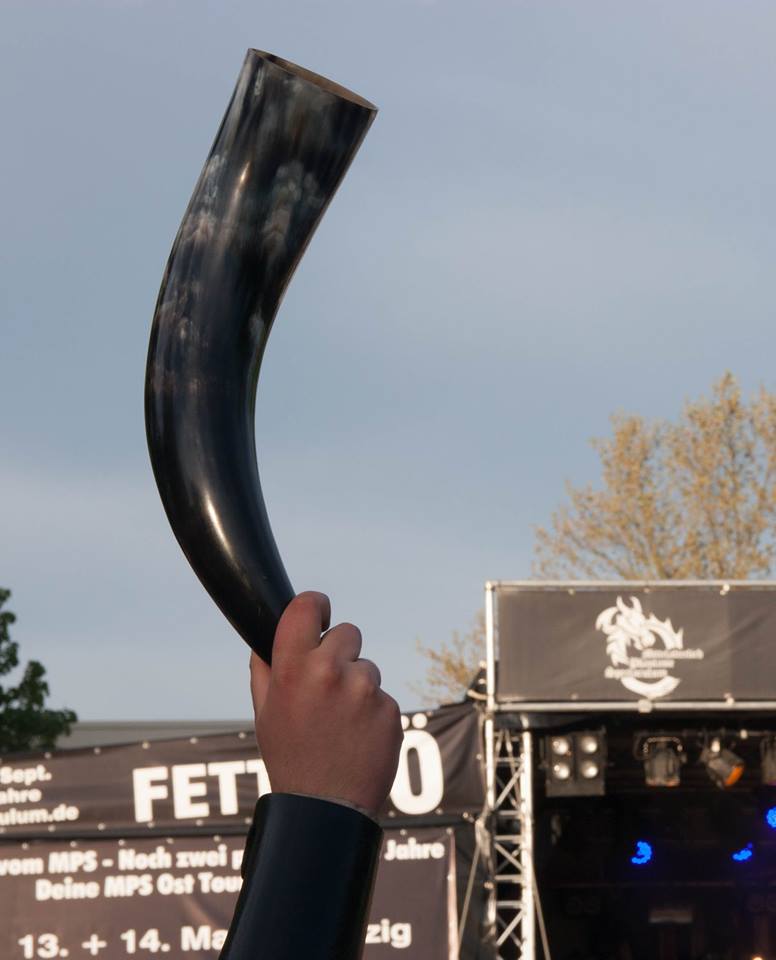
Down the aisle, a woman is chatting with a very confused, out of place looking family dressed in ‘normal’ clothes. “Don’t worry”, she says in a comforting voice, “don’t be afraid. We’re actually all very nice”. The viking and the wizard giggle and pass on their most dashing smiles to the family.
Welcome to WGT, Wave Gotik Treffen, the world’s largest gothic festival. For one week a year, the city of Leipzig in Saxony turns black as the world’s dark alternative scene comes out of hiding and throws one giant, subversive party.
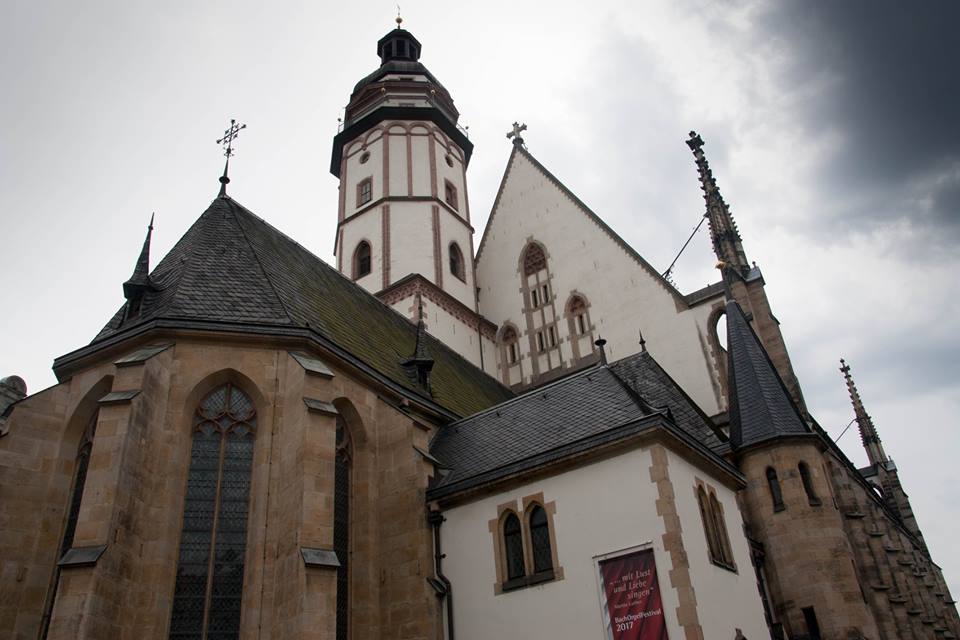
WGT has been held annually in Leipzig since 1991 and is now the world’s biggest event for celebrating dark culture. Each year artists and over 150 bands from around the world descend on Leipzig. The whole city is covered in cultural events for a week. Old factories in the western quarter become the home of cybergoth raves. gothic fashion fills the ‘Agra’ hall in the south of the city. A Viking village is setup in one park and a Victorian picnic in another. The residents of Leipzig temporarily become, amongst many other guises, steampunks, witches and Victorian goths. For a week, nothing is taboo.
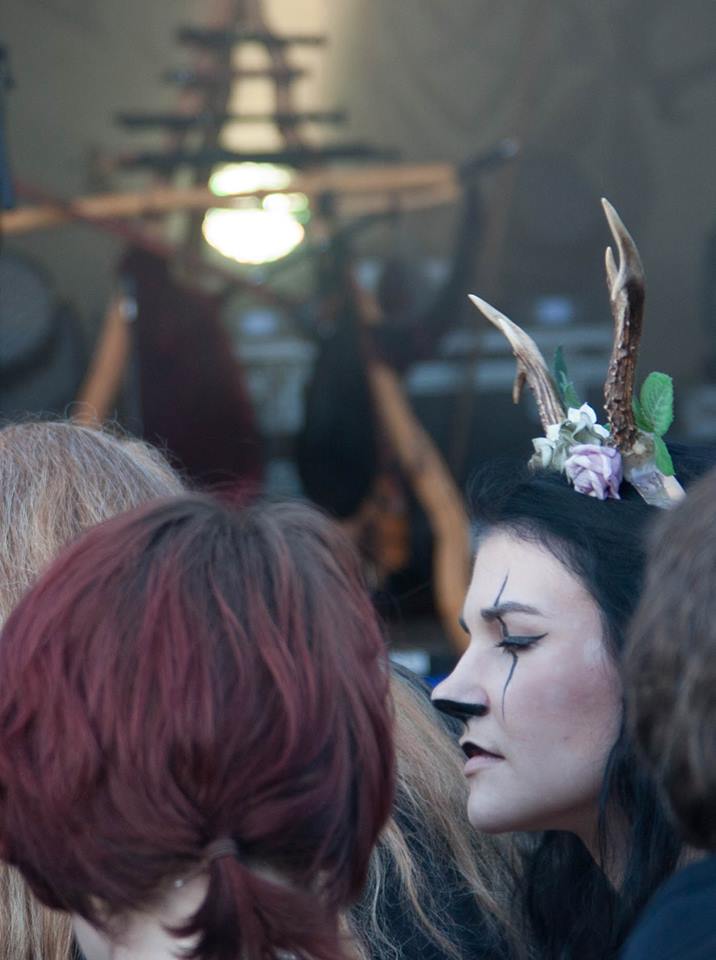
What do we mean by taboo? A taboo is a collectively perceived yet unmentioned wrongdoing. They are the actions or words which reside just outside of societal acceptance, at a point where they are publicly disdained yet often privately indulged in or sympathized for.
As a social phenomenon, taboos are culturally dependent. What is taboo in Germany may not be taboo in Malaysia, and vice-versa. In the UK, you don’t ask others how much money they make, but in China it can be one of the first questions a new acquaintance asks. In most of Europe, you won’t upset anyone by sticking chopsticks up vertically in your rice bowl (instead you might impress your friends for using them in the first place) but doing so in Japan is a symbolic act reserved for funerals.
As socially and culturally created phenomena taboos are not objectively real threats. They are rather an accumulation of collective experience, essentially socially constructed fear. The low-level fear of taboo is a powerful force which shapes you from the moment you are born. As a child, every time your parents scold you or stop you doing something, you have reached the taboo line. At school the contradictory rule of teacher and rule of cool shape us further and divergence from those rules is taboo. When we start work we don dour suits and serious faces; wearing the yellow and pink polka dot tuxedo in the wardrobe would unfortunately be taboo.
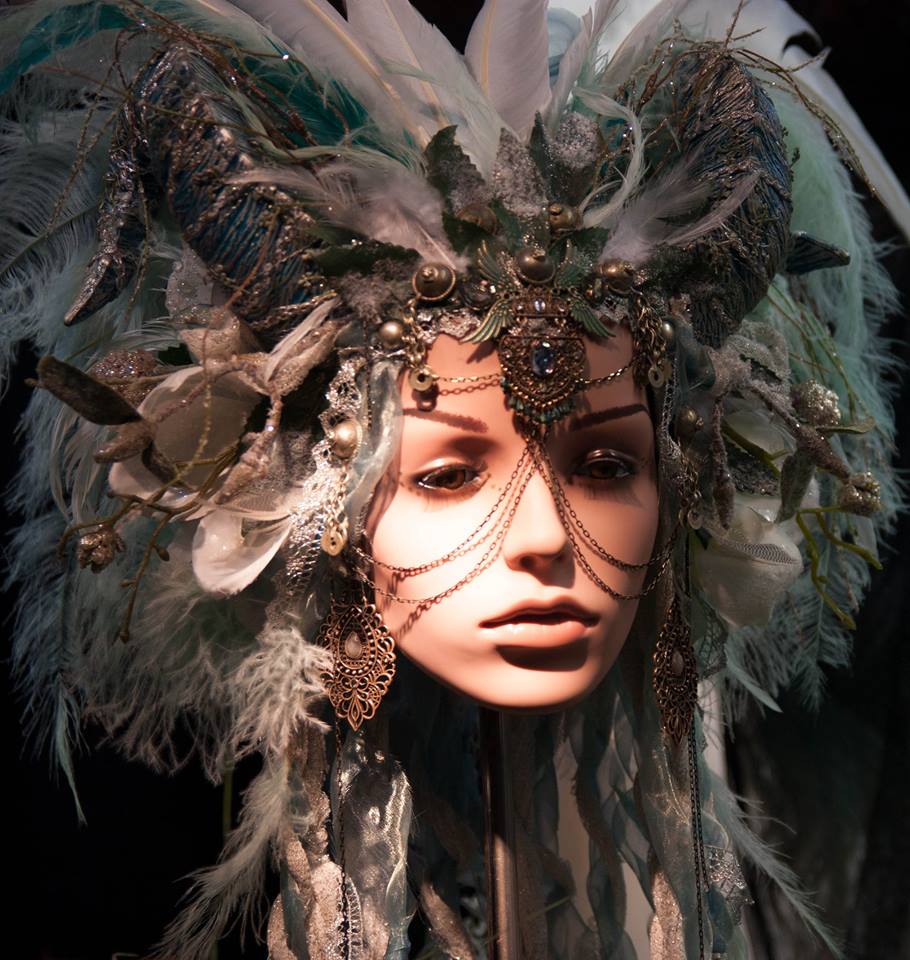
The net of taboos of course does serve a valuable purpose. It helps form common ground on which to build a functioning society. Yet seeing how arbitrary the taboos are, there is as much value to be had in subverting them as there is in withholding them.
This is the forte of the dark alternative scene. The gothic underworld is not strange to the outside observer because it is inherently scary, but because it is a micro-society built on the unbuildable. Because of this, there is much to learn from the dark.
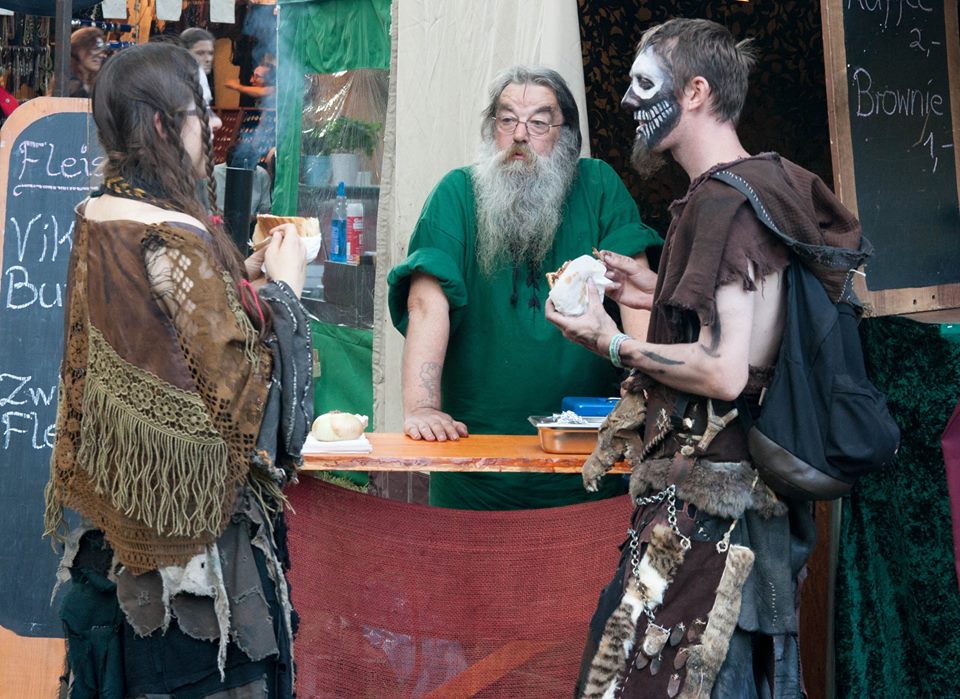
In the dark alternative scene (in Germany, the ‘Schwarze Szene’) numerous societal matters function very differently. Goth has always been about subversion and challenging norms. It grew out of the 70s punk scene as its younger, more sensitive sibling. Where punk was predominantly anti-establishment and political, goth contributed deeply emotional and human concerns to the message of punk. Gender politics and the treatment of age are two examples of where the wider world could learn from facing its taboos like a goth.

Subcultures are almost always considered to be youth movements. After their 20s people in theory grow out of their youth subcultures and get on with ‘real life’. The gothic subculture is however no youth culture. Though plenty of stereotypical mopey teenagers are amongst the ranks of the gothic underworld, the average visitor to WGT is well into their 40s. Some of the age-old wizards roaming the streets of Leipzig really are over 80. Age plays no role in determining your welcome in the gothic scene, though the more senior members may grow more majestic beards than the visitors still in prams.
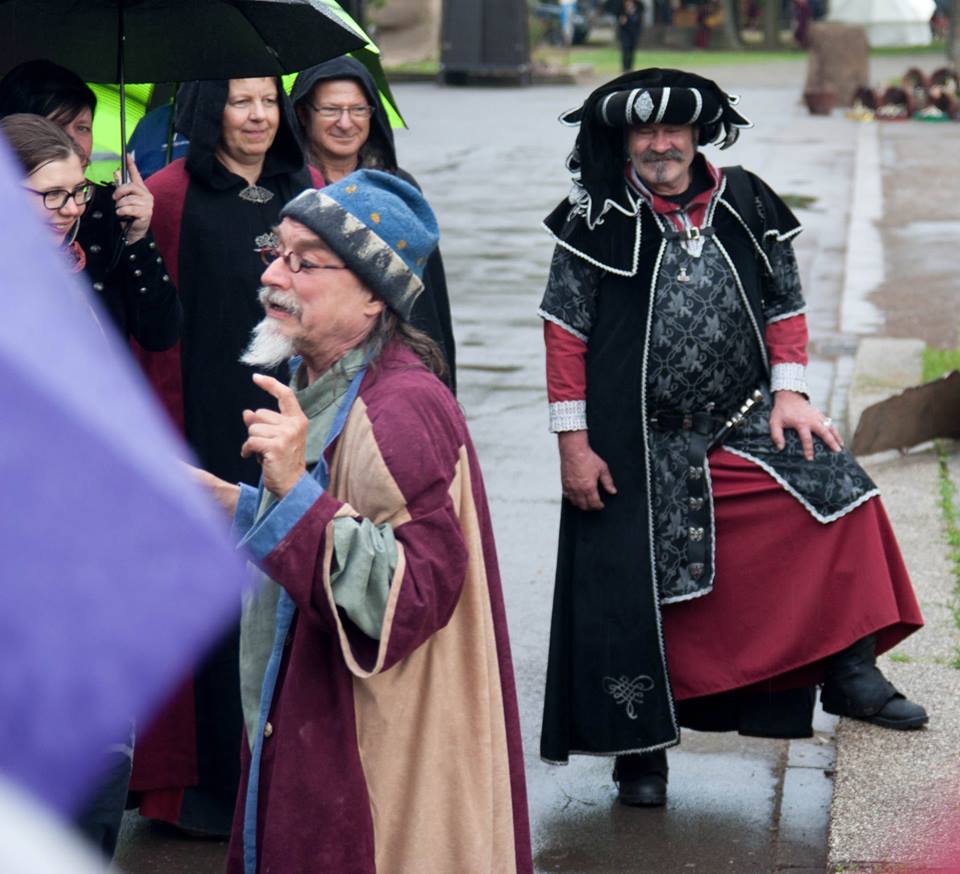
The dark alternative scene takes a different approach to gender too. Goth has always had infamously blurred lines surrounding gender representation. The singer of The Cure, Robert Smith, wore makeup. Siouxsie Sioux from Siouxsie and the Banshees was as formidable as a warrior on stage. Subversion of gender roles is still a major part of the scene. The band Versailles is often mistakenly seen as an all-girl band, when they are in fact an all-boy band. Where much of mainstream gender politics debate is fought over two camps -that gender is binary, or that gender is a spectrum -the gothic answer is to take whatever form you choose. If gender is a performance, why not perform it with panache?
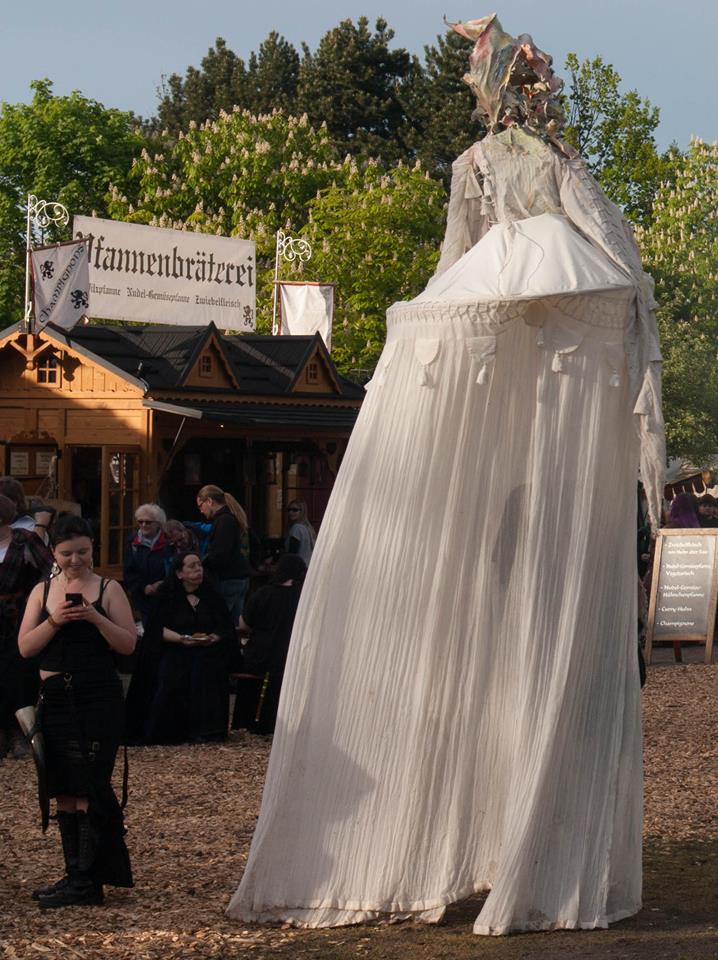
The dark alternative alternatives to age and gender norms pose valuable lessons to the world outside the scene. Neither age nor gender norms need restrict us as they do – a big part of these restrictions is illusory. The goth scene goes much further than challenging age and gender. As the illusory nature of our world is one of the big recurring themes of gothic culture, any social construct can be challenged -in short, nothing is taboo.
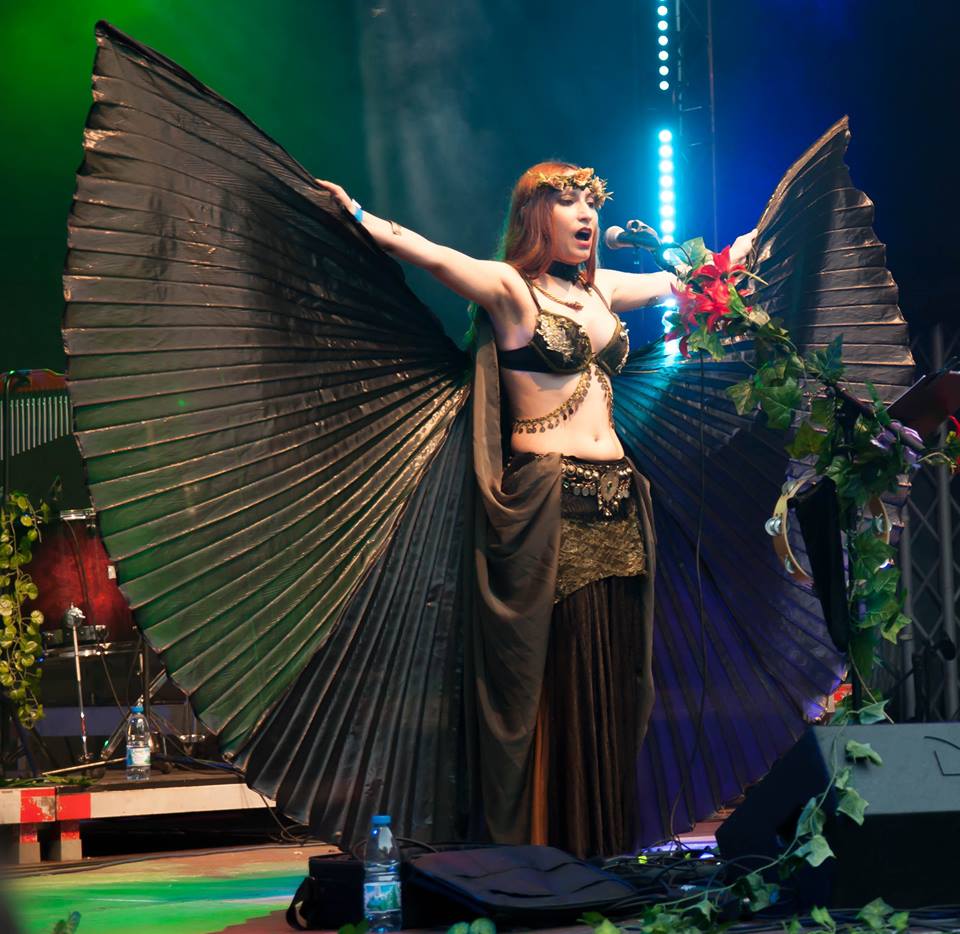
Of course, a world with no taboos quickly shows why we developed them in the first place. A world with no social norms is incredibly difficult to navigate. As the dark alternative scene is so varied and open, it has naturally developed extremes. Combichrist, a group that explores very extreme themes has been criticized for inspiring fans to act badly. According to the mastermind of the group, Andy laPlegua, Combichrist was always a way of exploring the darkest parts of humanity, and that on stage he was not himself, but instead the twisted personalities he has created for his art. He does not endorse his characters but does condemn fans that choose to act like his characters. For all there is to learn from exploring our taboos, LaPlegua’s experience suggests that one can go too far.
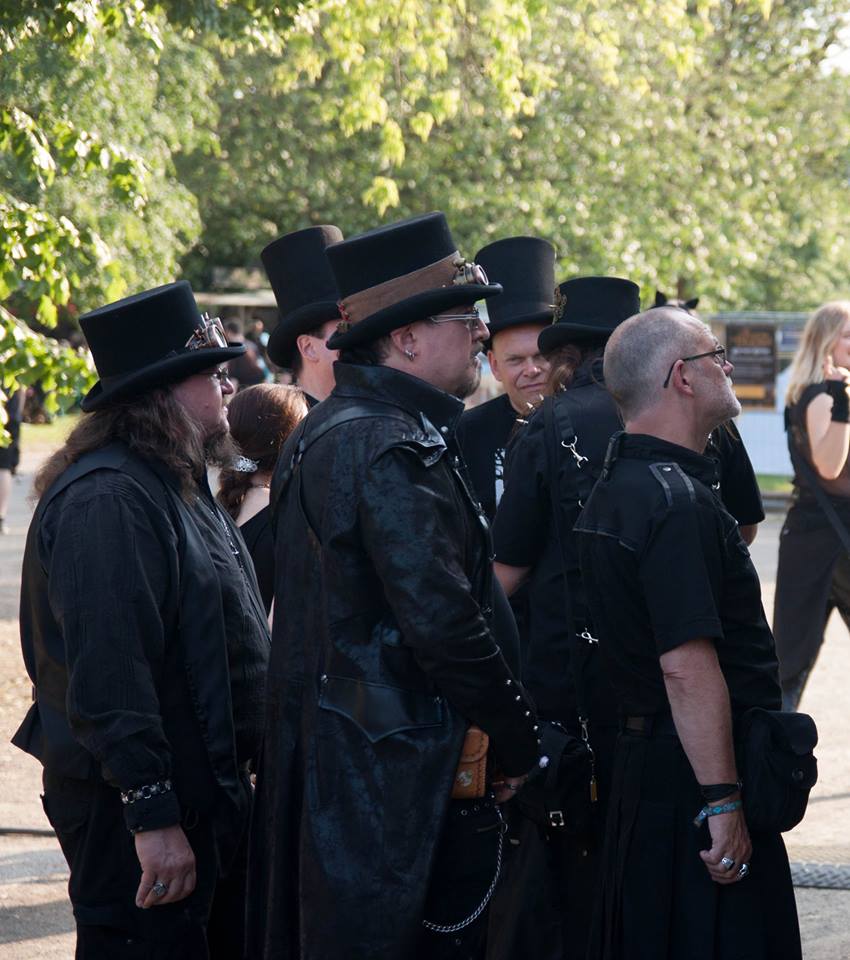
Luckily most of the members of the scene are not so extreme as the more radical fans of Combichrist. The dark alternative world is predominantly a positive place, arguably because it braves to challenge the taboos of society. It is an age-old piece of wisdom that states there is light in the darkness. No one knows that better than a goth.
Below is a short self introduction, as requested by Deutsche Welle
[wpvideo nC350ejB]
Skip to content
